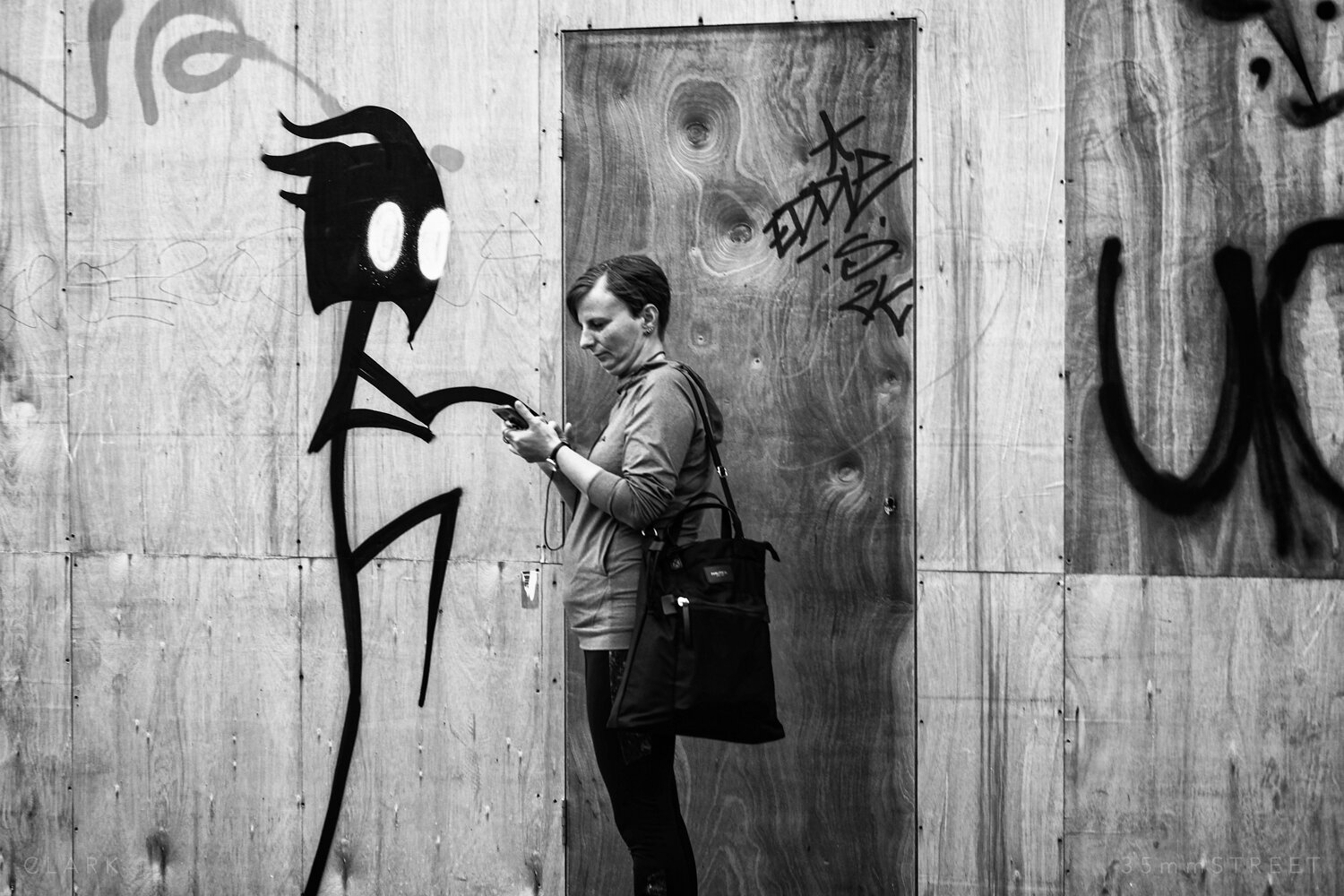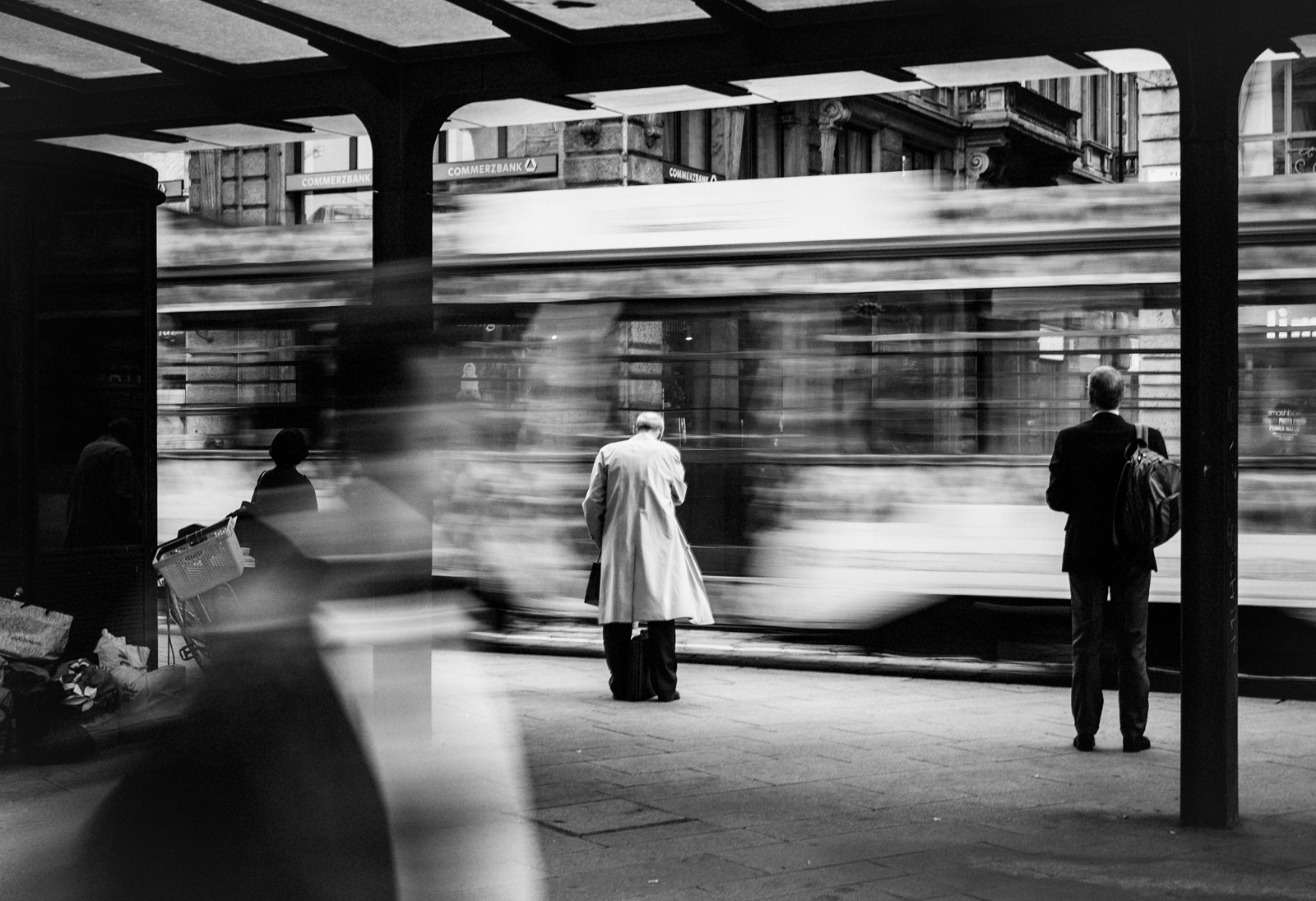The 4-Minute Rule for Street Photographers
The 4-Minute Rule for Street Photographers
Blog Article
More About Street Photographers
Table of ContentsHow Street Photographers can Save You Time, Stress, and Money.Little Known Facts About Street Photographers.The smart Trick of Street Photographers That Nobody is Talking AboutThe Basic Principles Of Street Photographers What Does Street Photographers Do?
Street photographers do not always have a social function in mind, yet they favor to isolate and record minutes which might otherwise go undetected.He was affected by many of those who affected the road professional photographers of the 1950s and '60s, he was not mainly interested in capturing the spirit of the road., that worked side by side with digital photographers attempting to capture the significance of city life.

Provided the fine top quality of his pictures and the breadth of product, architects and artists commonly got Atget's prints to use as reference for their own work, though commercial rate of interests were rarely his major inspiration. Instead, he was driven to picture every last residue of the Paris he enjoyed. The mingled passion and urgency of his goal luster through, resulting in photos that tell his own experience of the city, top qualities that prepared for road digital photography of the 20th century.
Some Known Questions About Street Photographers.
They reveal the city with his eyes. His job and basic understanding of photography as an art kind acted as ideas to generations of digital photographers that complied with. The future generation of road digital photographers, though they likely did not refer to themselves thus, was ushered in by the photojournalism of Hungarian-born professional photographer Andr Kertsz.
Unlike his peers, Brassa utilized a larger-format Voigtlnder camera with a much longer direct exposure time, requiring him to be much more computed and thoughtful in his practice than he may have been if using a Leica. (It is thought that he might not have actually been able to afford a Leica back then, however he did, however, make use of one in the late 1950s to take colour photographs.) Brassa's photos of the Paris abyss lit up by artificial light were a revelation, and the compilation of the collection that he released, (1933 ), was a significant success.
Cartier-Bresson was a champ of the Leica cam and among the very first photographers to optimize its abilities. The Leica go to these guys allowed the other digital photographer to engage with the surroundings and to capture minutes as they occurred - Street Photographers. Its reasonably tiny dimension additionally helped the professional photographer discolor into the background, which was Cartier-Bresson's preferred method
The Only Guide for Street Photographers
It is due to this basic understanding of the art of picture taking that he is usually attributed with finding the medium throughout once again approximately a century since its innovation. He took photographs for greater than a half century and affected generations of digital photographers to trust their eye and instinct in the minute.
These are the concerns I shall attempt to respond to: And afterwards I'll leave you with my own interpretation of road digital photography. Yes, we do. Let's start with defining what a definition is: According to it is: "The act of defining, or of making something guaranteed, distinctive, or clear".
No, most definitely not. The term is both restricting and misinforming. Seems like a street photography need to be pictures of a roads right?! And all road professional photographers, other than for a handful of absolute newbies, will completely appreciate that a street is not the essential part to street digital photography, and really if it's a picture of a road with maybe a couple of dull people doing nothing of passion, that's not street digital photography that's a picture of a street.
He makes a valid factor don't you assume? Nevertheless, while I concur with him I'm uncertain "honest public digital photography" will capture on (although I do kind of like the term "candid digital photography") since "road photography" click over here now has been around for a very long time, with numerous masters' names connected to it, so I believe the term is right here to remain.
Our Street Photographers Statements
You can shoot at the coastline, at a celebration, in an alley, in a park, in a piazza, in a coffee shop, at a museum or art gallery, in a city terminal, at an event, on a bridge, under a bridge ...
Yes, I'm afraid we worried no choice! Without guidelines we can not have an interpretation, and without an interpretation we don't have a genre, and without a style we don't have anything to define what we do, and so we are stuck in a "guidelines meaning style" loop! - Street Photographers
Our Street Photographers Statements

Report this page